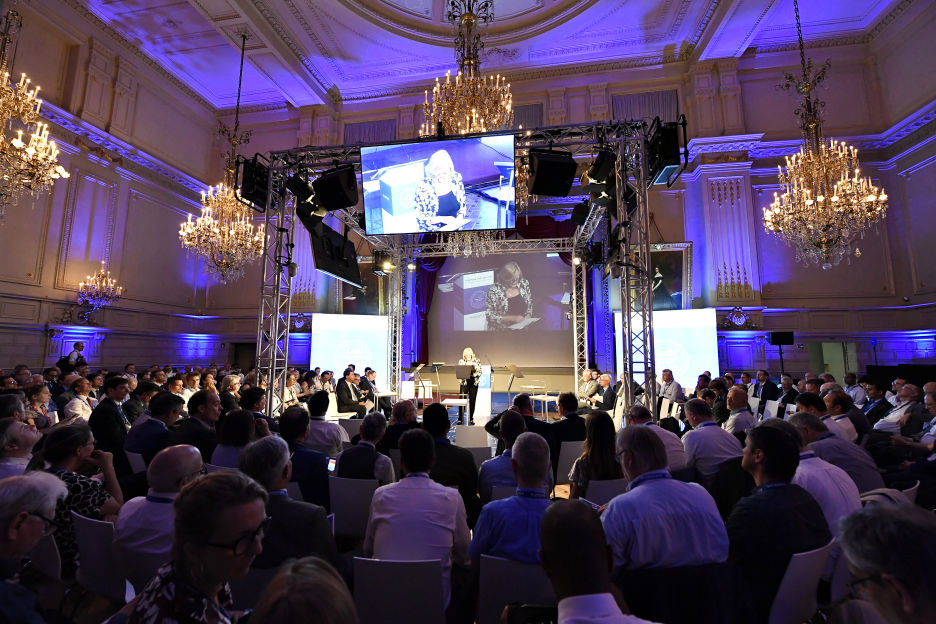The Industrial Emissions Directive (IED) is under review in the context of the European Green Deal, and the European Commission is expected to deliver its proposal in the first quarter of 2022. But how to ensure the exercise is future-proof? The elements for success are technology neutrality, appropriate transition timeframes and complementarity with other provisions on climate, energy and circular economy, according to experts participating in the latest EUROFER Engage Webinar, which took place on 8 September (see it: here).
“Flexibility is the key word, we need an ambitious but flexible transformation”, underlined Eva Blixt, Chair of the EUROFER Working Group on Industrial Emissions, during the webinar, which recorded a very high participation from more than 25 countries
Today the IED ensures that some 52,000 European industrial installations achieve a high level of human health and environment protection whilst also providing for technically and economically viable conditions. Its cornerstone is the requirement to operate according to a permit issued by Member States. Permit conditions are based on the use of Best Available Techniques (BATs) and associated emissions levels.
IED environmental performance, according to Aliki Kriekouki from the European Environmental Bureau, has done ‘well’ in some areas such as air pollution, but ‘not’ in others, in particular in water and soil protection, and decarbonisation. “We should strengthen the current provisions”, Kriekouki advised.
The crucial issue is “how to enable industry to use innovation”, pointed out Blixt, as “transformation takes long in the steel industry”. That is why the choice of new technologies should remain neutral and based on “reality”, such as meaningful datasets taking into account the whole range of installations.
More than 180 options for revising the IED have been submitted to the European Commission. Among those, the removal of article 9 is a potential reason for concern, as it would regulate Greenhouse Gas (GHG) emissions - excluded from the current Directive as already accounted for in the EU Emissions Trading System (EU ETS) - in two different legislative instruments.
In its evaluation report published in September 2020, the European Commission stressed that the IED ‘has been effective in reducing the environmental impacts’ and that the Seville process ‘has worked well’. Its strength consists in the fact that participants are not only technical experts, but also practitioners of the sector concerned and able to set requirements that can realistically be achieved by most installations. All experts underlined the importance of the Sevilla process , encouraging to use it further for enhancing environmental performance in an integrated way.
“Keeping things simple should continue to be the guiding principle”, otherwise the risk is “to destroy what has been working well so far”, warned Erik Bergkvist MEP, S&D Group. The ultimate goal should be “to guarantee a European level playing field”, added Tom Boonen from the Department of the Environment of Flanders.
EUROFER members are firmly committed to transitioning the steel industry towards a clean, low-carbon future. This transition must take place gradually and in an orderly manner by recognising that the sector is undergoing a deep transformation, with major investments due in the upcoming decade.






